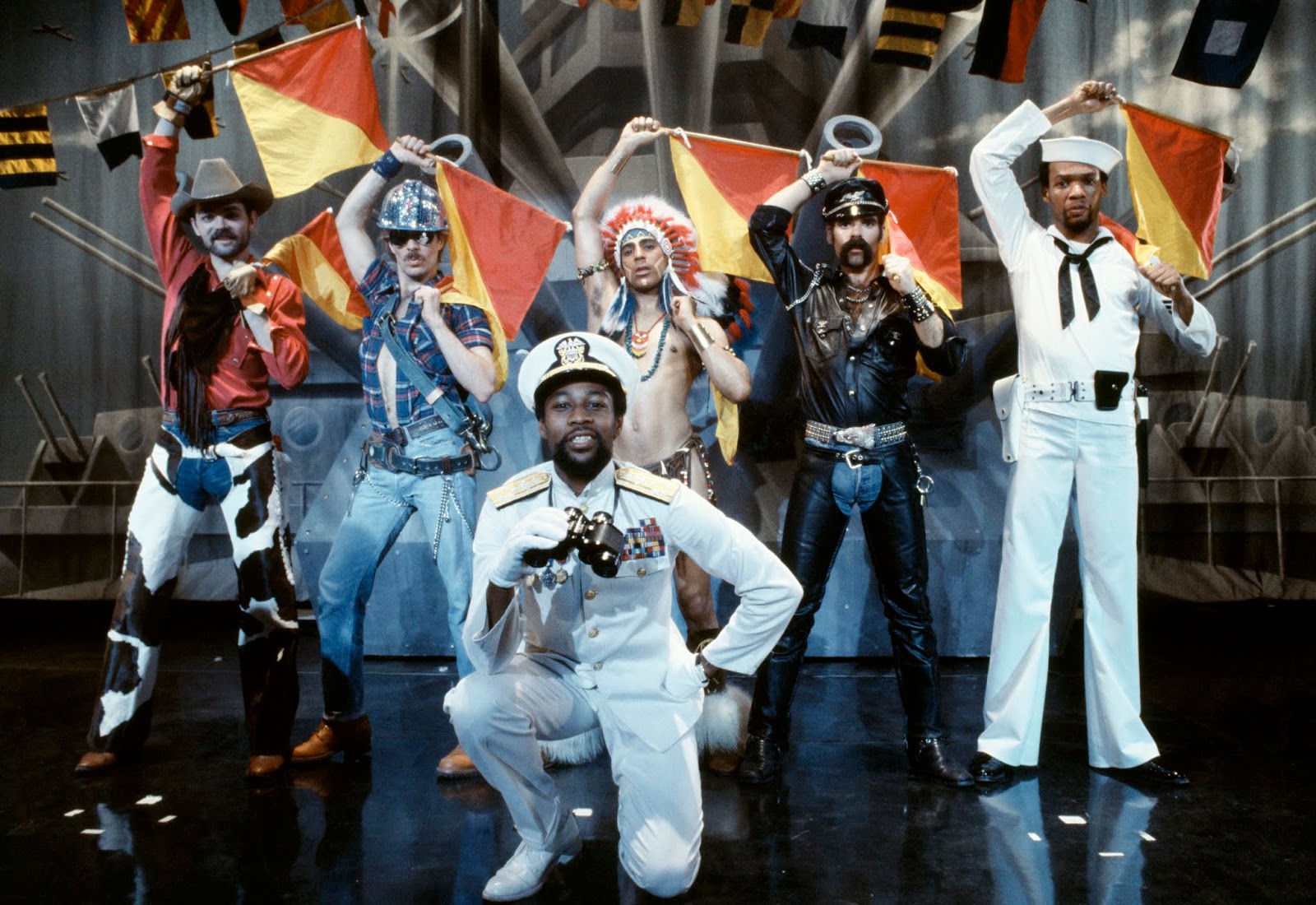Girls in Yellow Cars
A Missive in Which I Discern the Many Nuances of That, Which, and Questionable Choices
NOTE: You Aussies, Brits, Canadians (mostly), and other people who speak English with a weird accent and refer to speaking the Queen's English and such other nonsense which makes me clapperclaw the walls may want to skip this entire post. Thanks.
Why am I posting this? Because I see errors along the lines of what I'm about to discuss every day. Because knowing the difference will improve your writing—and your reading. And if you don't think that's why, I'll save you the trouble—I'm a grammar Nazi, I think I'm smarter than you, I'm an asshole, I hate people, I'm raining on everyone's parade, I just want attention, I like to control what you write, blah, blah, blah. Have at it, like I give a flying fuck.
In general, (1) if you're using "that" in a sentence, it should have no commas on either side of it; (2) if you are using "which" in a sentence, it should nearly always be preceded by a comma, and (3) when in doubt, follow #1 and #2 consistently and most people will be none the wiser (Grammar Nazi? Pfft.).
For those more interested in the topic, remember learning in school that "that" is restrictive and "which" is nonrestrictive? Yeah, me neither, but they teach it in copyediting school (sure, it's a thing).
In short, a restrictive clause (phrase) further defines a word, whereas a nonrestrictive clause tells us more about something but is not a necessary element for identifying what we are writing about. Confusing, eh? This is compounded by the way this is taught. Heard one of these? "It's not needed." "It's not necessary." "It's irrelevant."
Bullshit. Every word is relevant. A nonrestrictive phrase is completely relevant, but it's not required as a way of defining a "thing." Further, as with any sort of defining clause (often an appositive, a descriptor set between commas), it gives the readers more info without having to spell everything out. E.g.,
"Jill's car that she bought in July was yellow."
Not creating a "hey, by the way" phrase (i.e., "which she bought in July," preceded by a comma) says to the reader, "Hey, man, Jill has more than one car, which is why I must clarify that the car I'm talking about is the one she bought in July that's yellow."
But what about this?
"Jill's car, which she bought in July, was yellow."
Anyway, back to Jill's questionable car choices. The second example gives us that "hey, by the way" clause. If we eliminate the nonrestrictive clause, we're left with
"Jill's car was yellow."
With the clause included, we're merely noting, for added detail, that Jill purchased this car in July. Does that tell us more that will help us identify the exact car? No, because we already know that it's Jill's car, which pinpoints exactly what car it is. That she purchased it in July is extra info, but not "required" info for identifying the car.
Further, note the use of "which" in the second example. "Which" is the standard structure following a comma (i.e., for a nonrestrictive clause), not "that." As noted earlier, the word following the comma should never be "that," because "that," in standard English, introduces restrictive rather than nonrestrictive clauses. In the first example, then (despite how bad the sentence sounds—it really should be written differently, but I wrote it that way for example consistency), we should assume that Jill owns more than one car, and "that she bought in July" tells us which of Jill's many (or perhaps two) cars we are talking about—the one she bought in July.
Of course, I would just write, "Jill owns a yellow car," but I'm a bit minimalist.
Carry on, Buckeroos.



Comments
Post a Comment